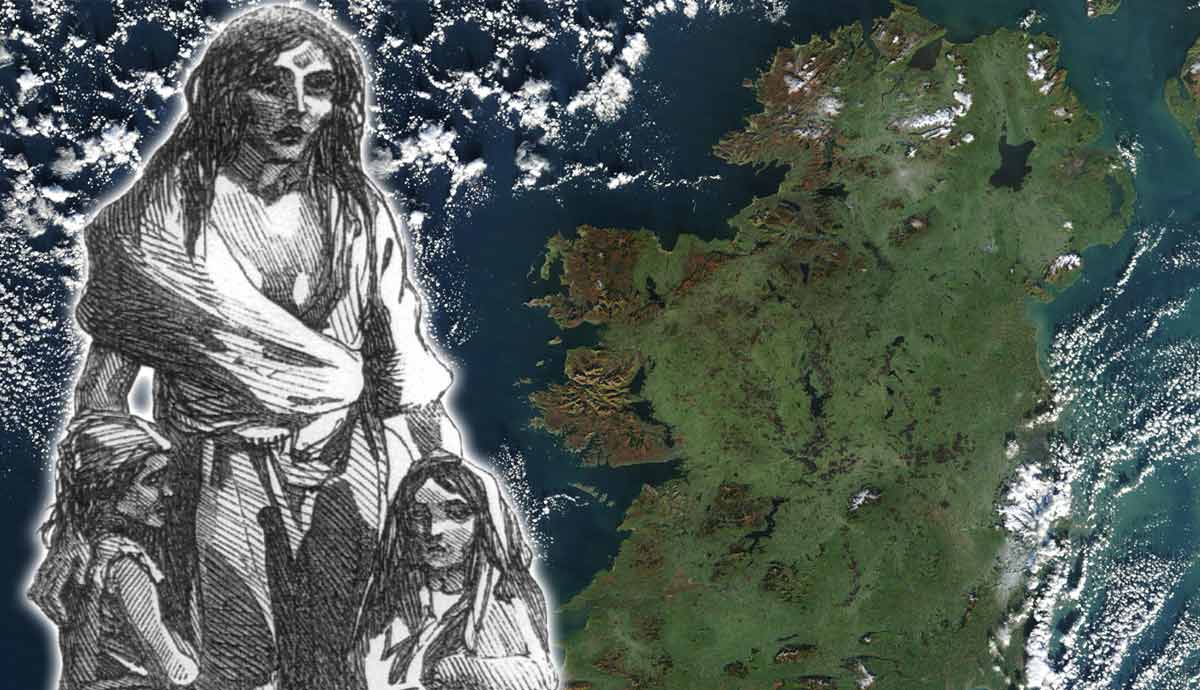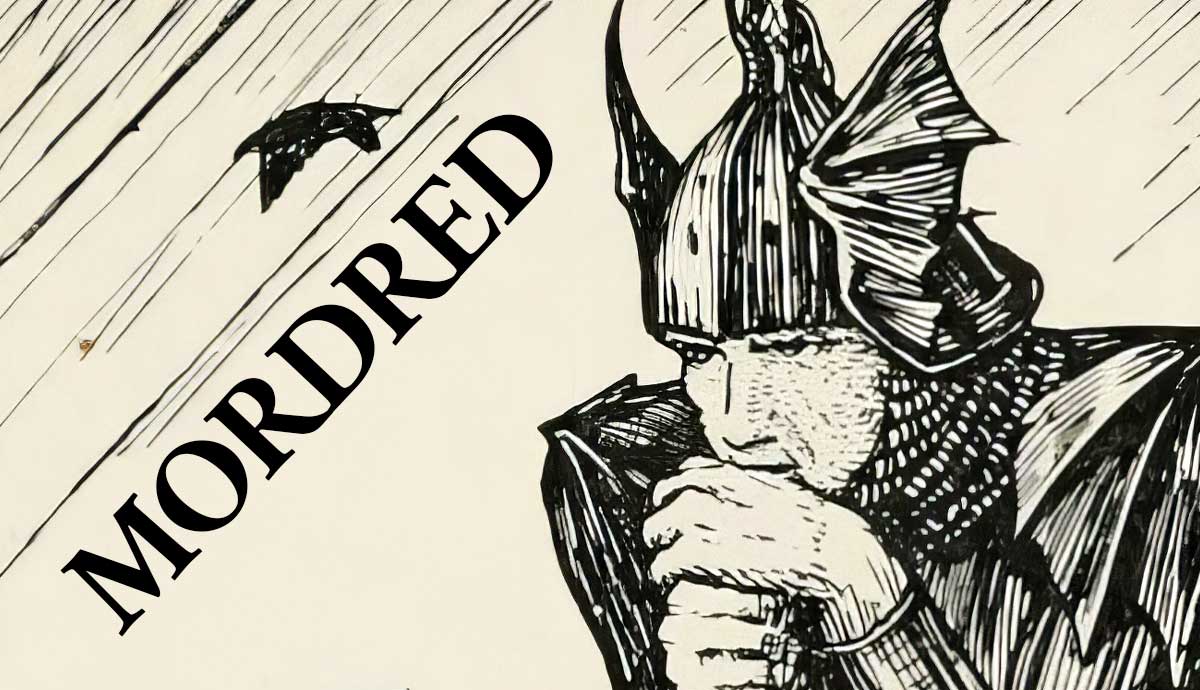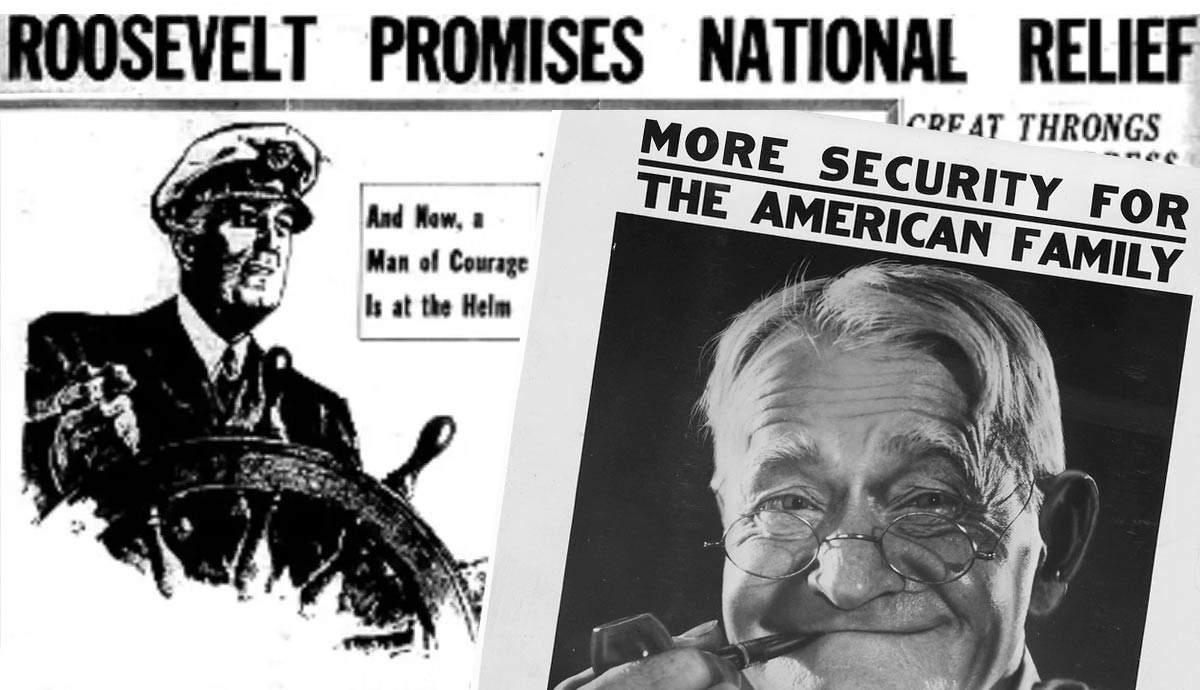
In the first decades of Glacier National Park’s operation, grizzly bears were viewed as just part of the scenery, sometimes a nuisance or a pest, but not outwardly dangerous. The Montana park was like many other National Parks in this way, but even today, it holds the distinction of being the park with the highest density of grizzly bears in the lower 48 states. A series of decisions and habits cultivated in the years preceding 1967 resulted in deaths and injuries, triggering enduring changes in the way bears are viewed and handled, not just in Glacier, but in all of America’s national parks.
The Beauty of Glacier

Glacier National Park, located in Montana, is a paradise for those who love the outdoors. It features glaciers, as well as forests, meadows, and lakes. Wildlife abounds along with natural fauna, but the area features human history as well. The park is home to the Going-to-the-Sun Road, designed to accommodate automobile tourists in the New Deal Era, along with a number of historic chalets and lodges.
May through September is typically the busiest part of the year when it comes to visitors at Glacier, with about three million people visiting each summer. However, in 1967, visitors numbered under a million, and have risen steadily since. There are over 700 miles of trails, making the park a popular destination for hikers, campers, and backpackers, and though it can get crowded, there is still solitude to be found, especially on less popular trails. Glacier was designated as a National Park in 1910 with a bill signed by President William Howard Taft.

Glacier National Park is home to a multitude of wildlife. There are 6 species of amphibians, 276 types of birds, 3 reptilian species, 71 varieties of mammals, and countless fish and insects that call the park home. The large acreage of the park, along with the adjoining protected lands, allows animals to roam freely. This feature has resulted in Glacier becoming home to one of the largest populations of grizzly bears. The bears range far and wide, and visitors can see many of these critters enjoying their natural habitat. Sometimes, however, these interactions go awry.
Bad Habits Die Hard

In 1967, Glacier was managed very differently to the way it is today. Food waste from the lodges or campers was simply dumped in piles, and wildlife, especially bears, became accustomed to visiting these dumps to get a snack. This was not necessarily seen as a bad thing at Granite Park Chalet, where visitors gathered nightly to watch the bears feast. The park service provided the chalet with an incinerator for trash, but it proved too small to manage the refuse, and dumping in a nearby gully was resumed. That summer, a ranger and wildlife biologist employed by the park visited the chalet, observed the bear’s feeding behavior and filed a complaint, but nothing was done.
Trash cans at camp sites were another food source for wildlife, and bears rooting through occupied campsites in search of a meal were not uncommon. Despite these interactions, attacks were unheard of in Glacier, and grizzlies were among the park’s wildlife that were considered a simple nuisance.
A Night of Terror

On August 12, 1967, the park’s casual approach to bears culminated in a horrible climax. That night, 19-year-old Julie Helgelson, who was spending her summer working at one of the park’s lodges, and her friend Roy Ducat completed a hike of about eight miles, finishing their day by watching the sunset at the Granite Park Chalet. The Chalet was filled with visitors, so they camped nearby.
Shortly after midnight, Helgelson woke Ducat, whispering that he should play dead because a bear was approaching. The bear bit Ducat, and Helgelson screamed. The bear turned to her, then back to Ducat, seeming to select Helgelson as its final target. It grabbed Helgelson and dragged her into the darkness. Ducat ran for help, and a helicopter soon arrived with medical supplies. Three doctors happened to be visiting the chalet that night. However, rangers were slow to arrive and were then hesitant to put others at risk in order to search for Helgelson. It would be several hours before a search party set out and eventually found Helgelson, who was just barely clinging to life. She had lost a massive amount of blood, and despite the efforts of the doctors, Helgelson was pronounced dead at 4:12 AM.

Approximately 10 miles away, at Trout Lake, a group of young people were on a similar overnight hiking trip. Michele Koons, also 19 and an employee of a park lodge, and several friends were forced to evacuate their campsite earlier in the evening when a grizzly stormed in, searching for a meal as they were preparing dinner. This bear had developed a reputation at Trout Lake, where it had been harassing campers in search of food all summer. The campers moved their site and started a large fire to keep the bear, who had eaten most of their provisions, away.
However, after they fell asleep and the embers died down, the bear returned at around 4:30 AM. It bit Paul Dunn’s sleeping bag, tearing his shirt but not injuring him. Dunn and his friends scrambled out of their sleeping bags and headed for nearby trees, climbing to safety. However, Koons, who was sleeping in a mummy-style bag, found that her zipper was jammed and she was unable to escape. The bear took advantage and latched onto her arm, dragging her away. Her friends were forced to listen from their hiding places as the bear mauled her to death. Her body was located the next morning.

Rangers were armed with rifles and instructed by the park service to remove any bears they found. Multiple grizzlies were killed over the next few days, including the two that killed Helgelson and Koons, identified by the human hair in their stomach contents. The bears were found to be malnourished, and the Trout Lake bear was found to have broken glass embedded in its jaw, likely subjecting it to massive pain.
Why Did This Happen?

After decades of peace between humans and bears, the park service was left scrambling to make sense of the attacks and prevent future ones. At first, the deaths were labeled a horrible coincidence, and theories from biologists and armchair scientists were plentiful, blaming the attacks on the weather, wildfires earlier in the season, and even the fact that women were the ones killed, with the bears drawn by the scent of menstruation. However, it soon became clear that the attacks could be attributed to human activity in Glacier. Many of the bears in the park had become “food conditioned.”
Food conditioned is a term to refer to bears and other animals that associate humans with food as a result of easy access to high-calorie foodstuffs from open trash cans or intentional feeding. Food conditioning results in an unusual comfort around people and a loss of fear, often escalating to aggression in order to access the expected food. Poor garbage management and intentional feeding in Glacier National Park had largely contributed to the development of these bears’ food conditioning.
Lasting Changes

Once the cause of the attacks was identified, changes were immediately implemented, many of which remain in place today in the park’s regulations. Visitor education has become a top priority of the National Park Service. In the period after the attack, trails were closed immediately if there were reports of bear activity, and bears were relocated or killed following “offenses.” The park service populated the park with bear-proof trash cans and hanging systems for campers to store food out of the reach of bears.
Bear Safety in Glacier Today

Today in Glacier, bear safety remains a top priority. It is prohibited to intentionally engage in any activity within 100 yards of a bear in Glacier, and stopping to view them along a roadway is not recommended. Guidelines for safe hiking are posted by the park. These include making noise, hiking in groups, and carrying bear spray. The park maintains a Bear Safety webpage to promote visitor education, and maintains a “carry in, carry out” policy for all food, trash, and other waste.

The events that took the lives of Michele Koons and Julie Helgelson were a horrendous tragedy resulting from a history of human error and lack of understanding. Though their lives couldn’t be saved, they did leave a legacy. Their deaths resulted in massive changes in how wildlife was handled in the National Park setting, potentially saving many more lives. Echoes of the disastrous night in 1967 can be felt today, with more education and efforts permeating America’s National Parks in the name of human safety and wildlife welfare.










